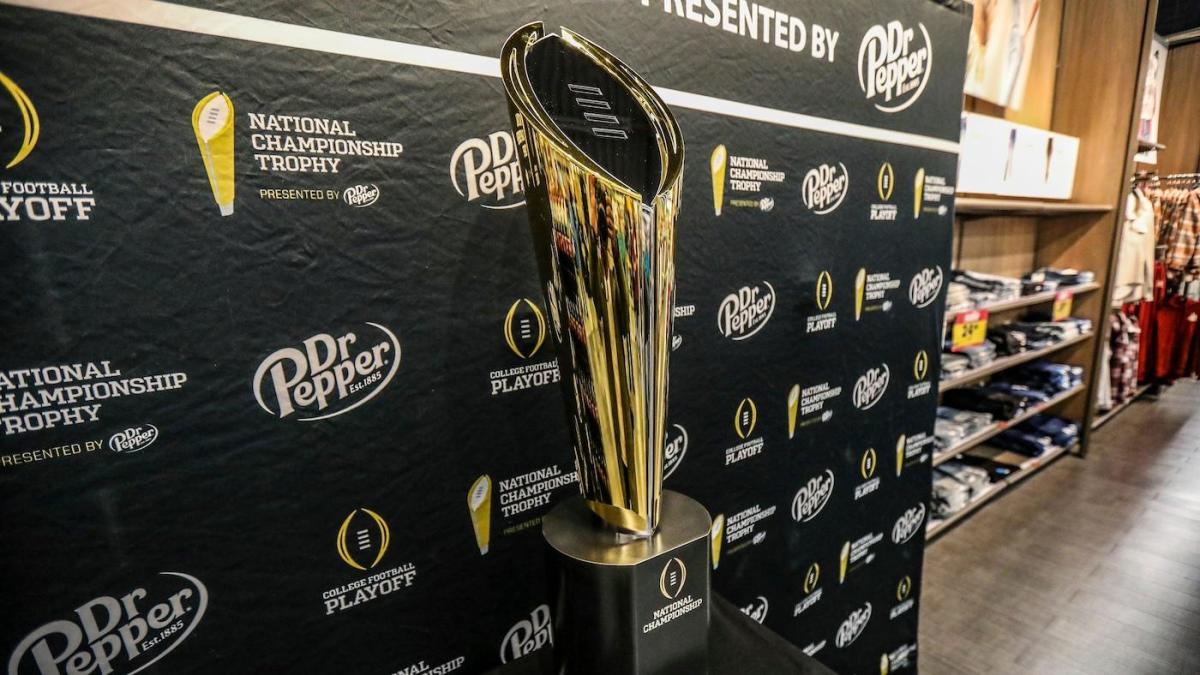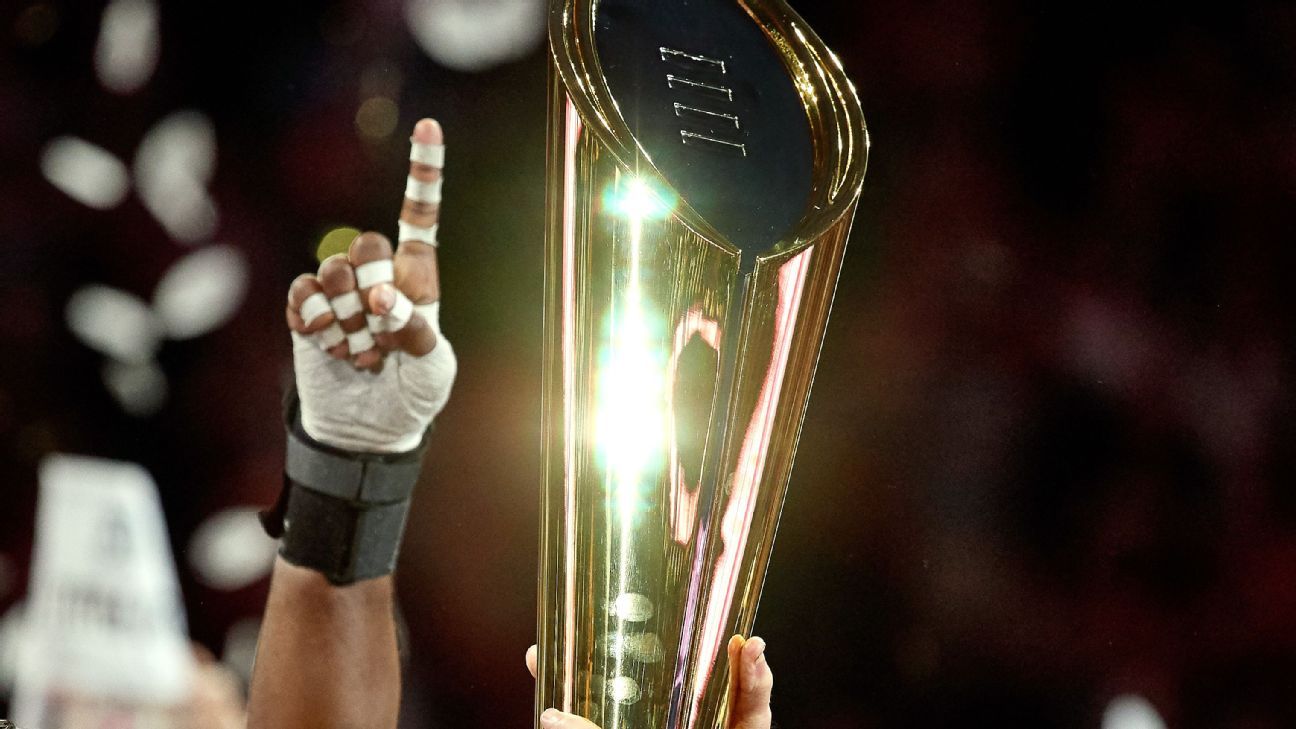Some important excerpts from the ESPN story:
The new CFP contract goes hand-in-hand with its expected new TV contract with ESPN. Starting in 2026, ESPN is poised to spend an average of nearly $1.3 billion on the playoff for six seasons. The deal would include the final two years on the current CFP contract plus a new six-year agreement for the next iteration of the playoff, sources told ESPN.
Starting in 2026, the new 6-year agreement will codify the further financial separation of the expanded Big Ten and SEC from everyone else in college athletics.
The preference is for a 14 team playoff that would consist of the
conference champions from the ACC, Big Ten, SEC and Big 12 along with the highest-ranked Group of 5 champion; the next 9 highest-ranked teams would complete the 14 team field.
The financial distribution for the expected 14-team playoff will look radically different. On an annual basis, for example,
Big Ten and SEC schools will each be making more than $21 million, up from the nearly $5.5 million that schools in Power 5 conferences are currently being paid.
In the ACC, the schools will get more than $13 million annually, and Big 12 schools will get more than $12 million each. Notre Dame is expected to get more than $12 million as well, and sources told ESPN there will be a financial incentive for any independent team that reaches the CFP. There will no longer be a participation bonus for any of the other leagues -- a detail that was frustrating to some leaders in the Group of 5.
The Group of 5 schools' annual payments will increase to just under $1.8 million from the current $1.5 million. According to sources, American Athletic Conference commissioner Mike Aresco was the most outspoken critic of the plan but wasn't able to garner enough support from other commissioners to fight it.
According to Pac-12 sources, Washington State and Oregon State are slated to earn just $360,000 as independents in the new contract -- one-fifth of what the Group of 5 schools would make per year in the new agreement.
Historically, Oregon State and Washington State had each received between $6 million and $7 million annually as members of the Pac-12. They are the only two schools receiving less money in the new revenue distribution agreement.
In addition to both schools ranking among the top 30 in viewership last year, according to sources, part of the Pac-12's position is that Oregon State and Washington State have been just behind the ACC and Big 12 and significantly ahead of the Group of 5 during the four-team playoff era in the average number of weeks they spent ranked by the CFP selection committee.
Because the Big Ten and SEC will have a combined 34 teams and the most CFP representatives, they have also had the most leverage in the discussions. SEC commissioner Greg Sankey, who met with the conference presidents and chancellors this week, has said his conference has delivered 40% of the teams in the playoff.
That's also the reason for the ACC's slight edge in revenue over the Big 12, as the ACC has had eight CFP semifinalists (counting Notre Dame's appearance in 2020 as a league member), while
TCU is the only remaining Big 12 team to reach a CFP semifinal as a member of the conference. Big 12 member
Cincinnati earned a CFP berth in the 2020 season when it was in the American Athletic Conference.
Oklahoma (CFP appearances in 2015, 2017-19) and
Texas (2023) are joining the SEC next season.
The vast disparity in revenue between the top and bottom has already elicited discontent and pushback from schools outside the Big Ten and SEC. To help alleviate some of those concerns, sources said a "look-in" clause for 2028 has been added to give the commissioners and Notre Dame leadership a chance to reevaluate the contractual agreements based on how every league has performed to that point. There's also a clause that permits that timeline to be accelerated if there is "material realignment" again.
The CFP will use a 12-team format for the 2024 and 2025 seasons. The format for the next two years will be five automatic qualifiers from the five highest-ranked conference champions and seven at-large bids. There is expected to be ongoing discussion about the format for what's expected to be a 14-team playoff.
The timeline of those crucial decisions is undetermined, as it's not known whether college sports leaders will let one edition of the 12-team playoff play out or decide in the upcoming months.
Hancock said there also isn't any deadline for the CFP to determine its future format.
"The next few years are solid," he said. "I don't sense any urgency, although I know we would all -- fans, coaches, players all of us -- would like to get this decided.
I want to caution time is on our side here because the next two years are in place."
This week's internal Friday deadline was an unusual path forward for an organization that has historically relied on unanimity to proceed with any major changes to the CFP -- not only from the FBS commissioners, but also their respective presidents and chancellors who represent them on the CFP board of managers. Because there will be a new contract in 2026, though, the decisions made Friday were based on whether their desire to participate in it outweighed any perceived unfairness in the process or format.





